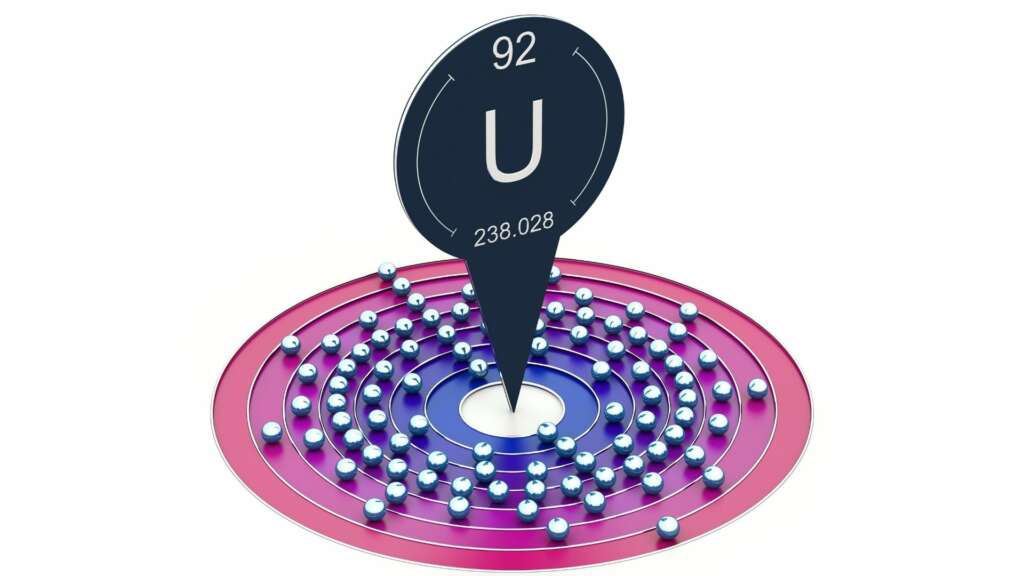
depleted uranium (DU) is a naturally occurring and highly toxic metal. It is mainly comprised of uranium-235 but it is also made up of an isotope, or combination of two types of uranium. The main use of DU in weapons (both the first Gulf war and the second Gulf war) were for its low weight, as well as its ability to penetrate hardened targets without leaving any sign of a penetrator. This is not an advantage that can be used on a regular basis in warfare, however, because the armor plating on tanks and other vehicles has been depleted to near extinction.
The only other use of depleted uranium is in the production of nuclear fuel, which is mostly used in nuclear power plants. Although nuclear power plants use a lot of depleted Uranium, as is the case with nuclear weapons, they are not necessarily made using depleted Uranium. In fact, the United States has long had a strict ban on the use of nuclear power plants to produce fuel for their atomic bombs. There have been calls to lift this ban, but so far the US government has steadfastly refused to make such a change.
Although many think of depleted Uranium as being used by American soldiers during Desert Storm, in reality, it was actually used in the early stages of Desert Storm. As the war progressed, though, depleted Uranium was also used by U.S. troops in Iraq. Although most of the time, this is not visible when looking at a typical picture, it does leave a little bit of an odour behind. When this happens, it will not go away until there is a release of a chemical into the air.
Although depleted uranium is used in a lot of ways, from nuclear fuel to anti-personnel mines to the armor coating on tanks, it can also be found as a waste product from nuclear power plants. Because nuclear waste is radioactive, it must be handled carefully, and it cannot simply be dumped out.
The first step to managing nuclear waste is to collect it, and once it is collected, it is stored securely in a place where it will be safe for long periods of time. One place that is considered to be very secure is the Yucca Mountain. National Park in Nevada.
Another way to manage depleted Nuclear Waste is to make sure it does not get into the environment in any form. For example, depleted Uranium can be placed in buried drums, buried deep underground, which will be there forever. The drums are filled with water that is treated, thus making it safe for disposal. Once these drums are empty, they must be removed.
Another way to deal with nuclear wastes is to recycle them. This includes nuclear power plants, which are able to create some useful products from the depleted Uranium. One example of this is the use of depleted Uranium in fuel rods to fuel nuclear power plants.
This type of recycled Uranium is used in America’s depleted Uranium warheads for American soldiers and nuclear weapons. The idea is to keep the depleted Uranium out of the environment, rather than allow it to become a danger to humans.
There are two main ways that depleted Uranium is used to make nuclear fuel. One is to create high temperatures to heat up liquid hydrogen. The second is to make the hydrogen hot enough to split it up and then combine the gases into plasma, which will create the energy needed to power the fuel rod.
Both of these ways are used in America today, although it will probably take quite some time before all of the spent Nuclear Fuel is used up. Another reason that is being considered for the use of depleted Uranium is to make nuclear fusion fuel. This fuel rod will be heated to very high temperatures in order to create fusion, but will need to be in a special containment chamber in order to make sure the process goes as smoothly as possible.
In the future, this type of Nuclear fusion will be used to make a new generation of Nuclear Power Plants, which will cut down on our dependence on foreign oil. With the current supply of oil reserves dwindling, nuclear fusion is one of the ways we can reduce our dependency on foreign countries.


